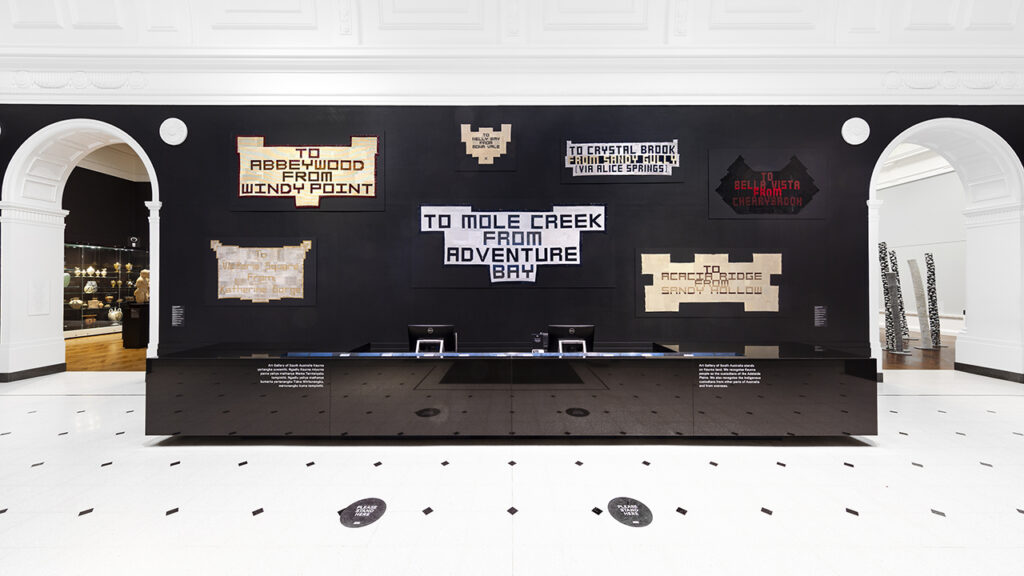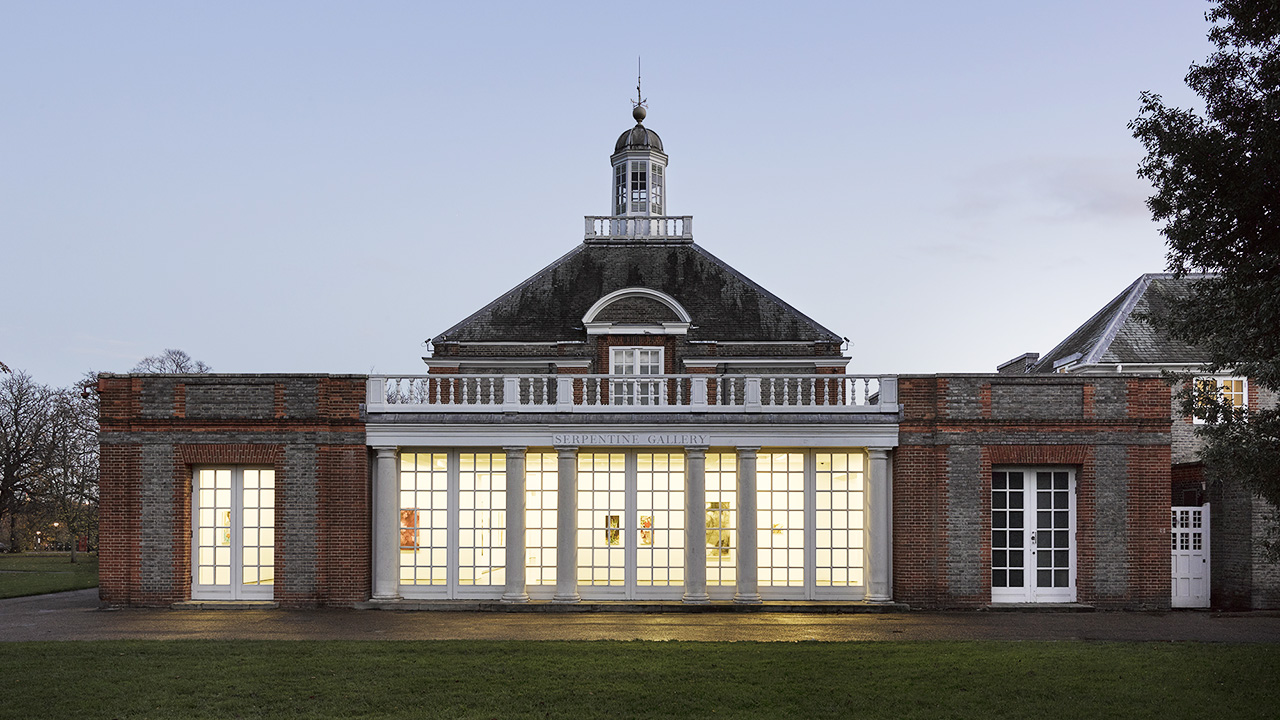It would be sadistic to imply that the COVID-19 pandemic resulted in anything remotely resembling an upside, but this year-long pause has inspired a renewed sense of reflection in the cultural heritage sector. Museums around the world have been forced to grapple with their social value during lockdown, especially according to the notion of government-mandated “essentiality” — why were museums closed, but other sites open?
As the world roars back into full function, museums are looking to amend their sense of indispensability by asking big questions about public perception, and CIMAM, the Spain-based International Committee for Museums and Collections of Modern Art, is taking the lead in that inquiry.
On April 29, following the organization’s survey, titled “Why should museums remain open and operational?” New York-based cultural strategist András Szántó moderated a discussion between four notable members of CIMAM, all of whom feature in his 2021 book, The Future of the Museum: 28 Dialogues. The webinar, “Affirming the Social Value of Museums,” was a lively, macro-level discussion on the future of institutional organization across political, material, and educational lines. Here were the main takeaways.
Change is inevitable
The webinar started with a lofty goal — to identify and augment the purpose of museums in 2021. To this, Hans Ulrich Obrist, Artistic Director of Serpentine Galleries, noted that the process of shedding old perspectives as just as useful as accruing new ones: “When we’re thinking about what we learned, there’s also the important idea of what we’re unlearning.”
When asked about shifts in outlook over the course of 2020, Philip Tinari, Director of UCCA Beijing, sang the praises of the institutional community. “What’s been really so fulfilling for me in the past year is digging really deep into the daily rhythms of the institutions, really finding inspiration from the stories and priorities and ideas of colleagues new and old.” Mami Katoaka, Director of the Mori Art Museum in Tokyo, took a more radical tack. “We have to think, ‘What ways can this be different?’ The ways of making an exhibition and running a museum have to change.”
Pacing and hybridity

Installation view of Troy-Anthony Baylis: Nomenclatures at the Art Gallery of South Australia, Adelaide. Image: Saul Steed
As digital hybridity becomes more and more common in museological space, both by necessity and design, conversations on pacing grow more and more vital to experiential strategy. Rhana Devenport, Director of the Art Gallery of South Australia, reflected how her institution has experienced a huge influx of new and grateful visitors with a taste for the analog. “What we’ve experienced is this wave of love for the present exhibition; it really celebrates slow looking. What we’re seeing is people really valuing their time and this new preciousness of people being able to choose what they do with their time.”
Ulbrist further troubled the notion of a digital-analog dichotomy. “We realized that maybe this binary between real life experience and virtual experience is maybe not a binary,” he said, so the questions become, “How do we move beyond the doors of the museum? What are the tools we should use?”
Economic recovery
Inevitably, the webinar turned towards the subject of money, and how museums do or don’t fit into larger legislative economic repair projects. Katoaka, whose museum engages regularly with its corporate backers, shared a pragmatic approach. A physical visit to a museum, she noted, benefits neighboring economies from transport to restaurants, hence “economic recovery [for museums] is not only about the number of jobs museums sustain.” Of brand collaborations, she emphasized, “Museums can’t jump on a [corporate] partnership for arts’ sake, but have to think about our own economic recovery and also social economic recovery.”
Devenport added that while “corporate funding has actually been a focus,” economic recovery can also be informed by institutional attitude. “It’s really so much about what we don’t do, and how we focus on what we do do in a transformative way for our audiences,” she said.
The local and global view
As many institutions emerge from a year of lockdowns dogged by economic and existential uncertainties, the panelists emphasized the importance of wider museum networks. “I really do think the idea of creating structured cohorts and networks of solidarity through study, especially through newer generations at our respective institutions across all kinds of borders and boundaries,” said Tinari, “is something that would pay dividends in the long term.”
For Ulbrist, museums need to hold local and global perspectives in tandem to contribute social value, and better serve an audience that, in the wake of digital pivots and a worldwide social reckoning, has been newly expanded and awakened. “It’s important for museums to be rooted in a culture and a place,” he said, “but it’s only relevant insofar as it doesn’t lead to the exclusion of other people’s roots or any hierarchization of some arts and cultures over others.”



